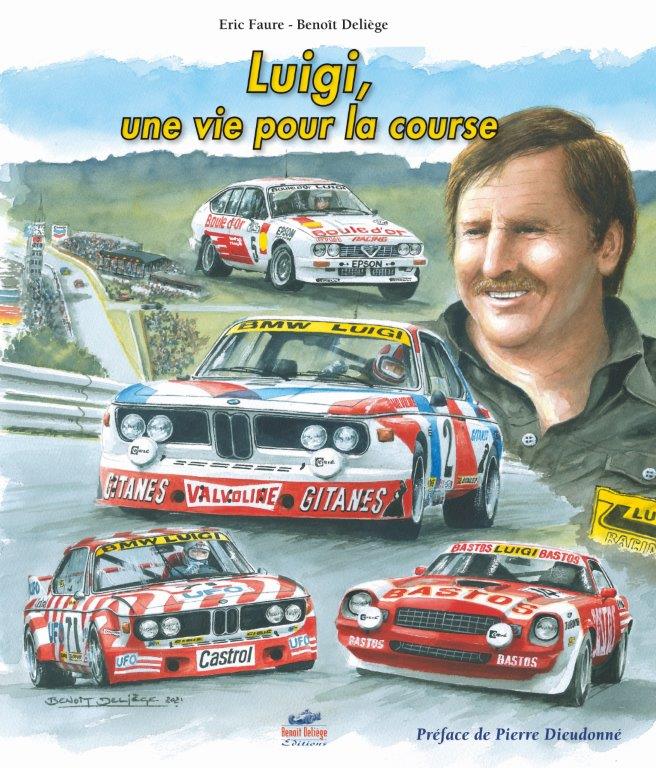
One year ago, we presented you with Jacky Ickx’ book “Formula Francorchamps“. A book published by a Belgian publisher, editions Benoît Deliège, who only deals with Belgian themes. And with success!
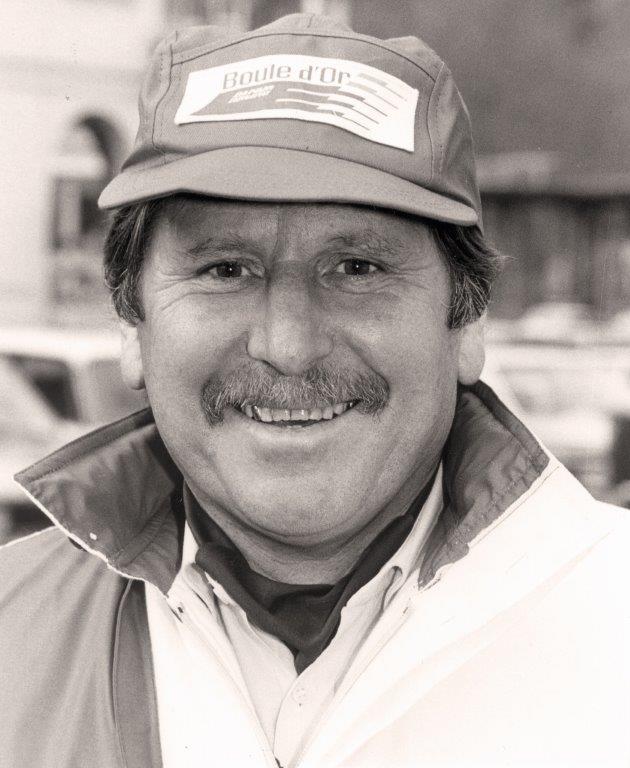
At the end of 2021, a new work is added to this Belgian series with the life story of the “magician of Comblain au Pont”: Luigi Cimarosti. Thinking of Luigi automatically leads to the BMW 30 CSLs. But Luigi is much more than this period and all this is perfectly told by author Eric Faure. The book was written with the full cooperation of the family who also made a large number of private photographs available. The beautiful shots are complemented by drawings of the publisher Benoît Deliège.
The name Cimarosti sounds Italian and it is. As a young man, Luigi ended up in the Limburg coal mine at Eisden. There, he is responsible for the maintenance and repairs of the rolling material. After a work-related accident, he was no longer able to work in the mines and ended up in the FN arms factory, before moving on to the automobile world. First as an employee and later with his own company.
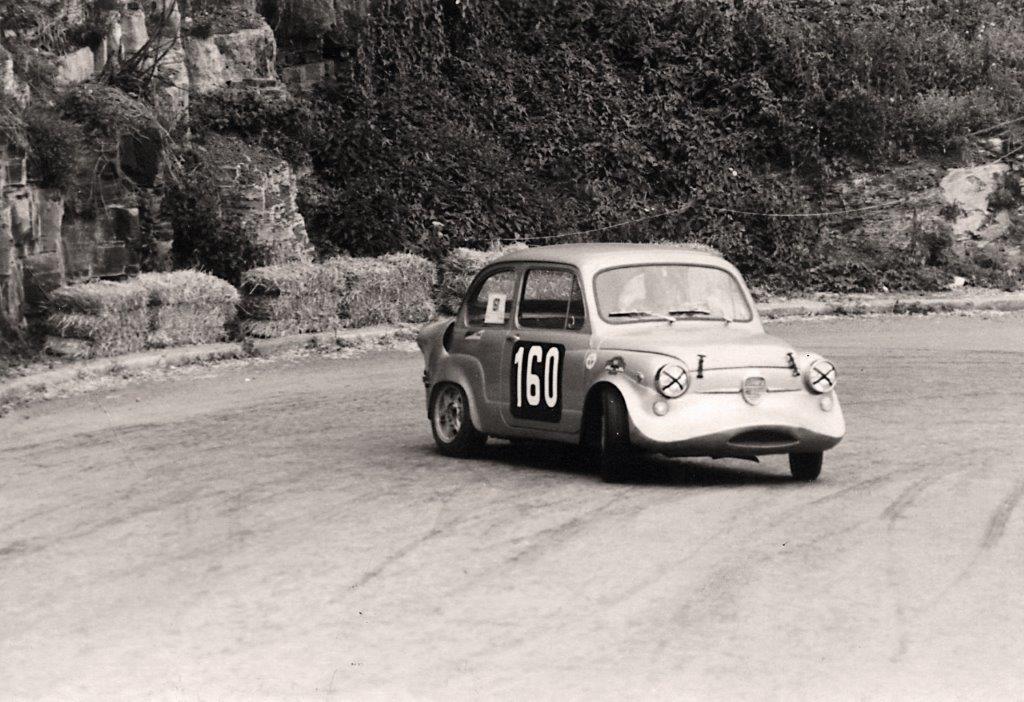
Italian cars are a matter of course at first. During the day, he works on customer cars and after closing time he starts preparing competition cars. With a Fiat Abarth, he himself takes part in climbing races in the Ardennes hills. These races were very popular in the fifties and sixties in Belgium, because there were no permanent circuits.
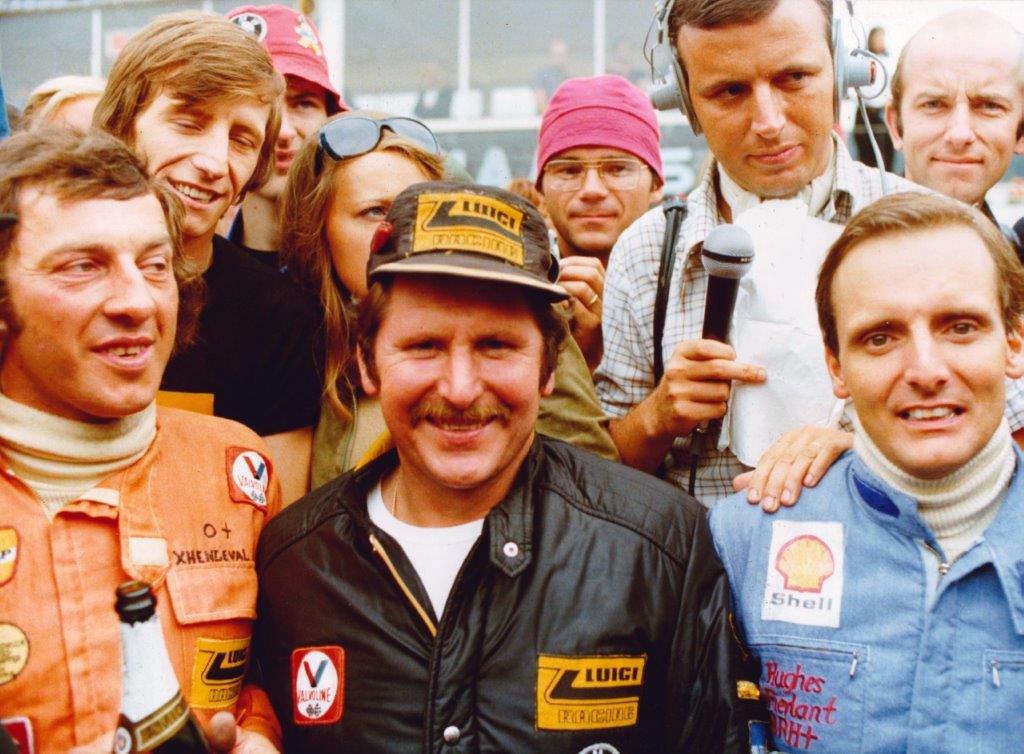
Luigi is a better preparer than a pilot and he decides to concentrate on what he does best. His younger brother Francesco joins the team. Several pilots came to Luigi for the preparation of their cars. At that time, it was even quite normal to race on Sundays with the car that was used during the week for the day job.
His brother-in-law Jean Xhenceval, who is studying engineering at the University of Liège, also joins the troops with his extra knowledge. Xhenceval is also a very gifted pilot. He will later become the team’s number one driver.
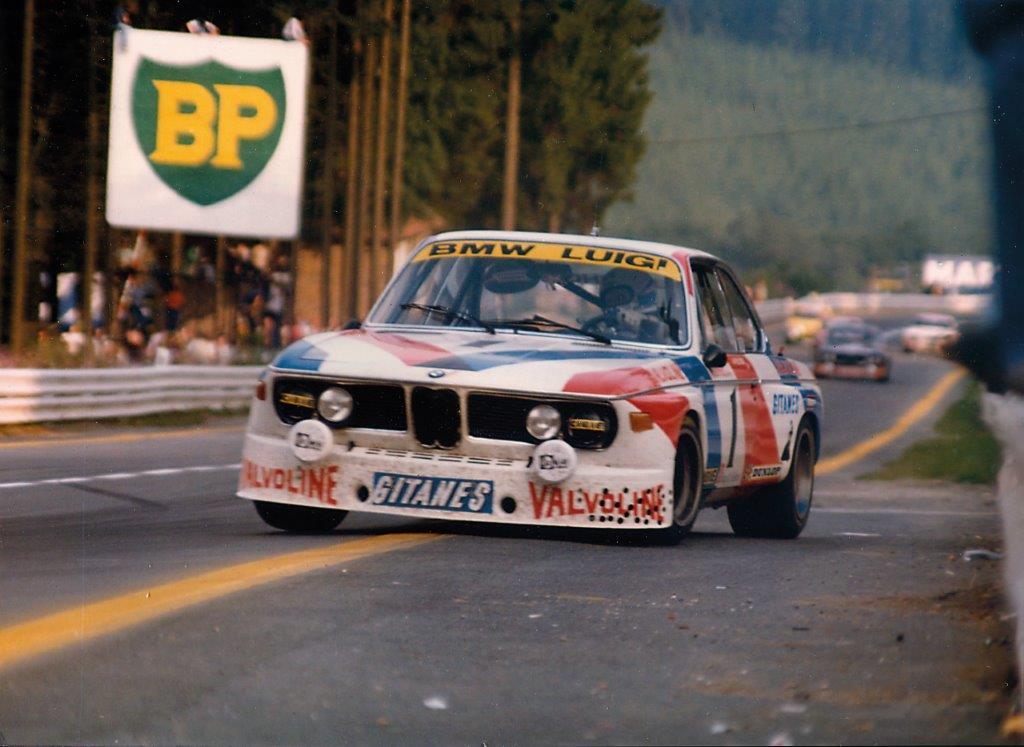
After the Fiat period, the Luigi team started to concentrate more and more on BMWs. First with the 2002 and later on the 30CSi and 30CSL. The greatest successes are from the BMW period. The extensive record includes two European titles in 1976 and 1978, two victories in the 24 hours of Francorchamps ( 1974 – 1975 ) and a victory in the IMSA class in the 24 hours of Le Mans in 1977. All with a BMW 30CSi or CSL Coupé. Luigi will also be forever associated with this model.
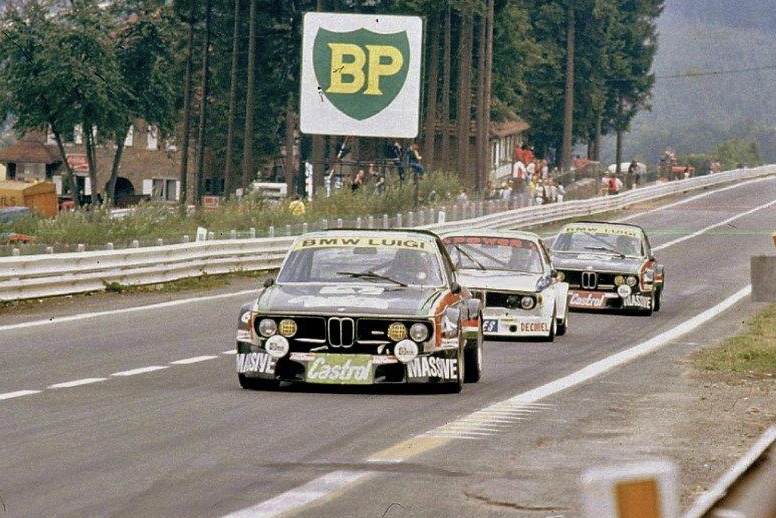
Later on, with the support of the local BMW branch, the BMW 323i is entered in the Belgian championship. Luigi wins a Belgian title with a still young Patrick Sneyers in the group 2 class.
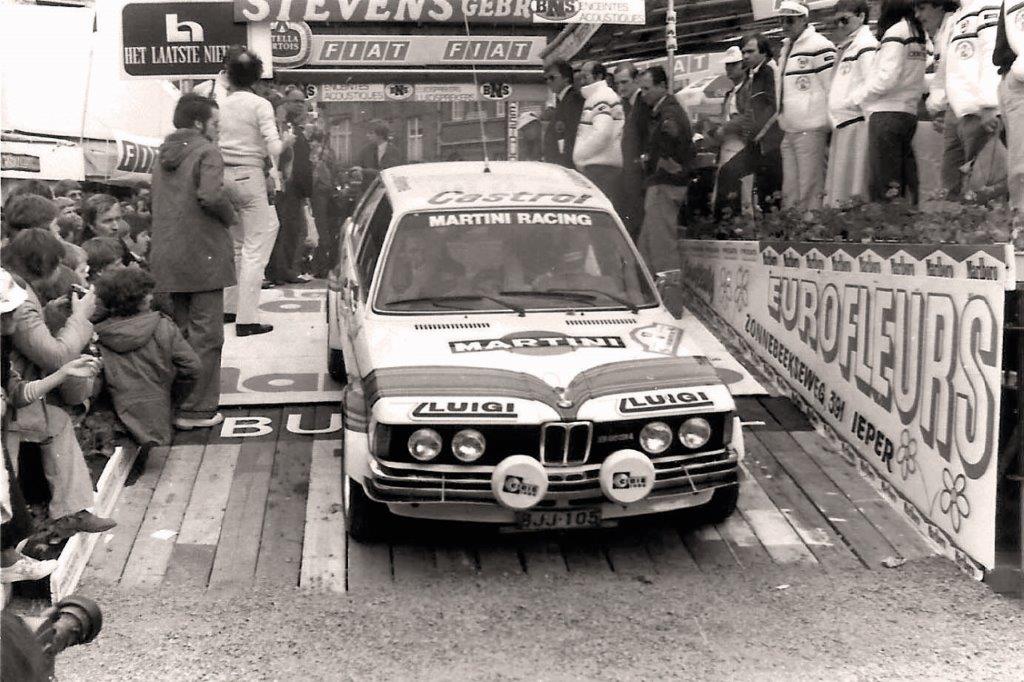
The relationship with BMW soured and Luigi started preparing Chevrolet Camaro’s. It was a spectacular car, but not a great success. The American monster is not a good basis for a racing car. Luigi then turned to Alfa Romeo. He started a circuit and rally programme with the Alfa GTV group A. Since the Alfa was a division 2 car (up to 2500 cc), it obviously did not achieve any general victories, but there were plenty of class victories. Luigi also works a lot for foreign customers. One of his GTVs is even entered in the Australian championship on the other side of the world.
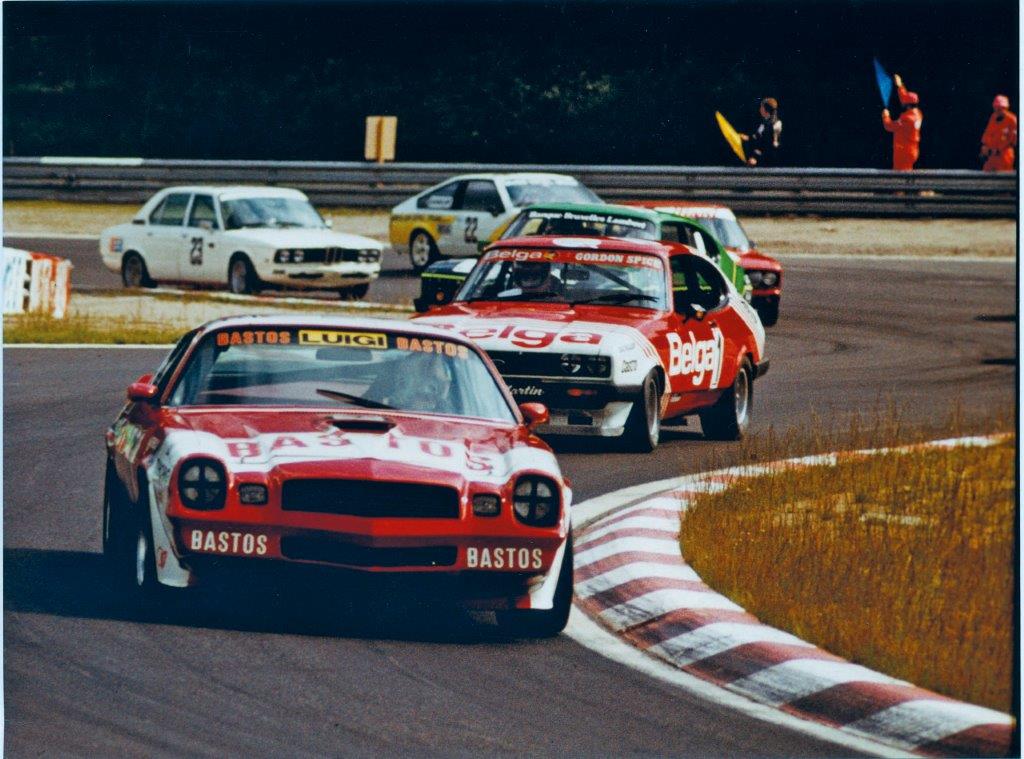
From 1987, the BMW M3 and Ford Sierra Cosworth make their debut in touring car races. Luigi decides to switch from Alfa Romeo to Ford. Unfortunately, the small team from Comblain-au-Pont could no longer compete with the top teams such as Eggenberger and Schnitzer. The evolution of electronics also plays a part. Luigi is still an “old school” mechanic who can adjust a Weber carburettor perfectly by “ear”. Software and computer programming are less his thing. This is certainly not the best period of the Luigi Racing Team. At the end of 1989, the motor racing activities are stopped.
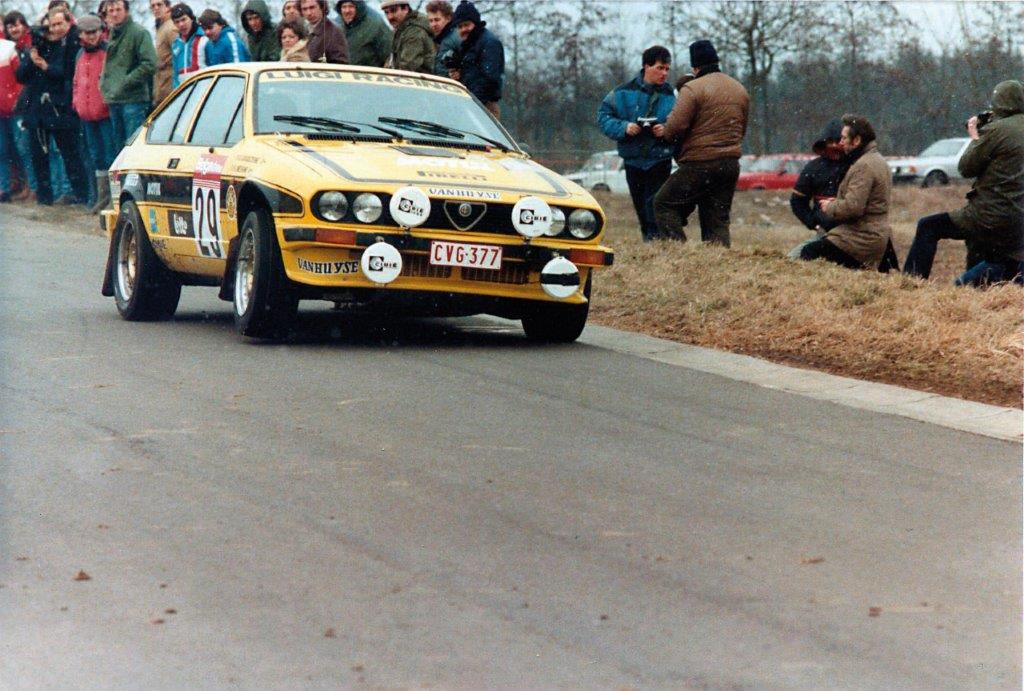
Five years later Luigi made a comeback and actually competed in the 24 hours of Le Mans. The boss of Rent a Car had the idea to let two Dodge Vipers compete at Le Mans. Luigi was contacted and he took up the challenge of converting two series cars. With a twelfth place and third in GT, this was quite an achievement. The next year, a new attempt was made, but due to the increased level in the GT class, including the arrival of the Mclaren F1, the Viper no longer qualified for the race.
Just before the decision was made to publish this book, Luigi died at the age of 89 in his beloved Comblain-au-Pont. The finishing flag falls definitively for him, but the achievements of the small team will forever be remembered in the history of Belgian motorsport.
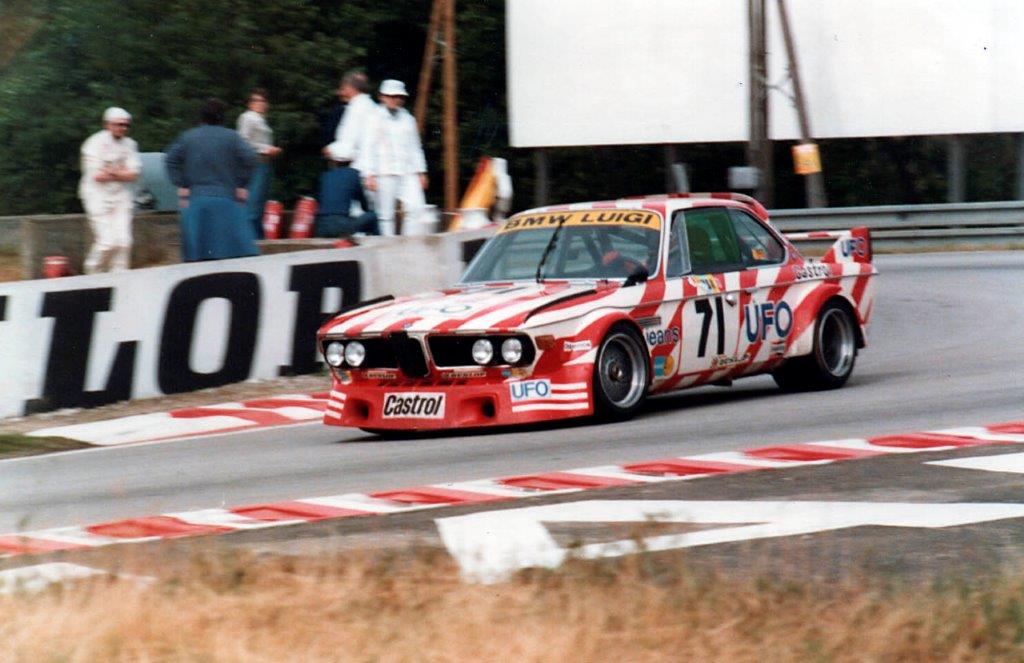
Author Eric Faure also makes a major contribution here. As a journalist for the newspaper La Wallonie, he was first in line to witness everything at first hand. A good relationship with Luigi ensured that he was always the first to share the necessary scoops with his readers. The book is very well written and reads quite smoothly. It includes the complete record of the Luigi Racing Team. The only downside is that it is only in French.
It is certainly a success, as the first edition is almost completely sold out and a second is already in the pipeline. With a price of 49 euro, the price/quality ratio is a bargain. It should certainly not be missing from the library cabinet of lovers of Belgian motor racing!
Report: Joris de Cock
Photos: Uitgever boek